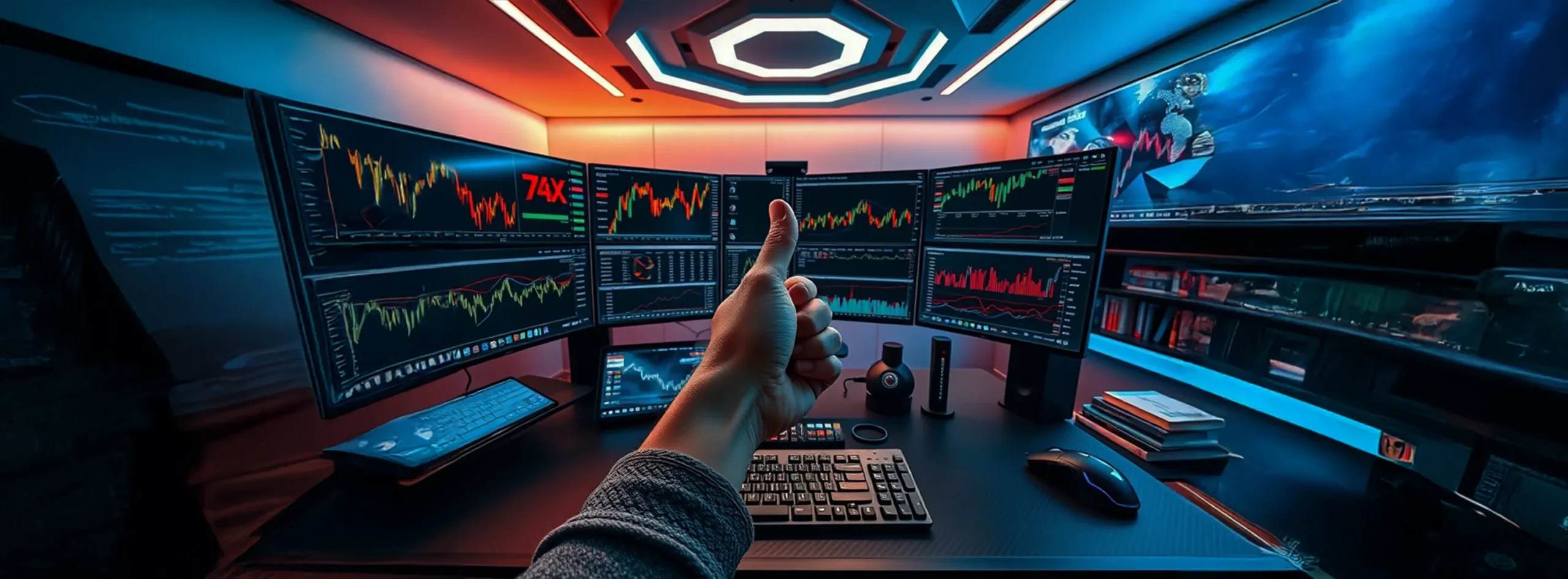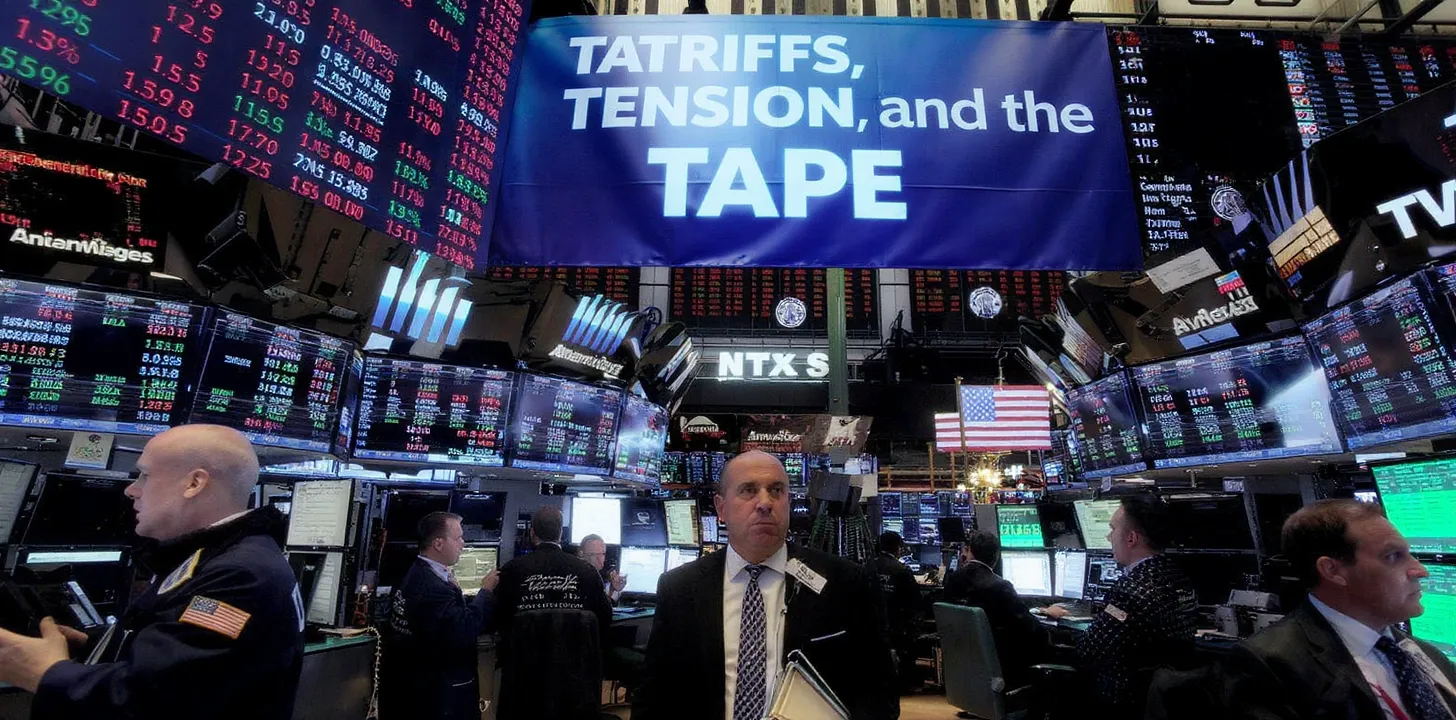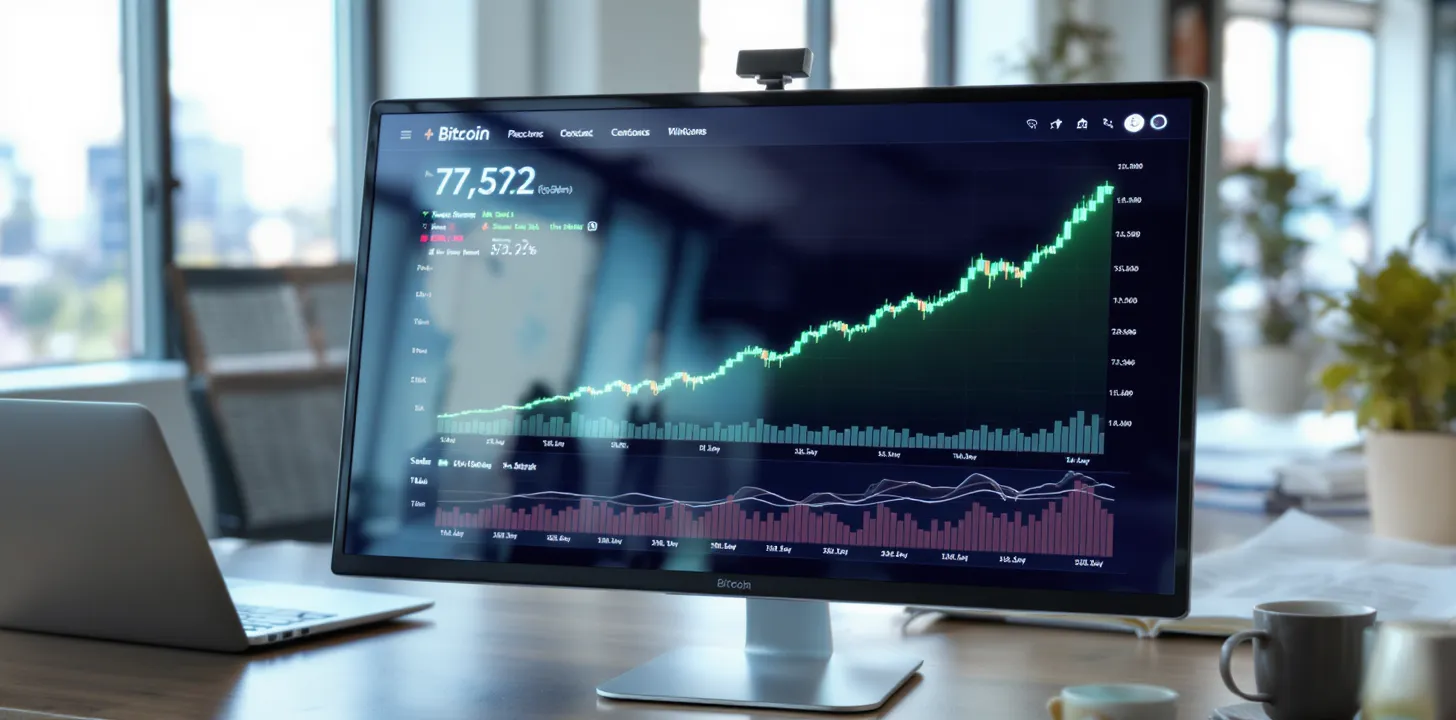Harnessing Statistical Edge: Advanced Trend Capture for Momentum Traders
Overview
Momentum strategies live or die by their ability to identify persistent price drifts early and to stay on board just long enough to monetise them. Classical moving‐average crossovers work, but they leak alpha because the lag between signal and execution is often wider than the profit window. A forward-thinking momentum desk therefore layers statistical trend-extraction techniques on top of the usual filters, transforming “blunt” momentum into a precision instrument.
1. Why Basic Moving Averages Aren’t Enough
Moving averages smooth noise, yet their fixed look-back fails in markets whose half-life of information is shrinking. A 50/200-day crossover may trigger after a seven-sigma news shock has already reversed. The core insight is that lag comes from constant weighting of past data. The antidote is to adapt weights dynamically so that they reflect how recent information decays—an empirical property that changes across assets, regimes, and even trading hours.
2. Advanced Statistical Filters for Trend Extraction
| Technique | Core Idea | Operational Edge |
|---|---|---|
| Kalman Filter | Bayesian state-space model that estimates latent “true price” and trend slope; updates every tick | Removes >70% of microstructure noise without lagging the trend |
| Hodrick–Prescott Lambda Optimization | Penalises curvature to separate trend (low-freq) from cycle (hi-freq) | Lambda self-tunes using in-sample Hurst exponent to minimise forecast error |
| Wavelet Denoising | Decompose log-price into orthogonal frequency bands; recombine high-energy bands | Retains intraday “bursts” yet discards chatter in mid-bands |
| Spectral PCA | Eigen-decompose the power-spectrum; rebuild with first k components | Captures dominant cyclical energy, useful for commodities with seasonality |
Kalman filtering stands out because it learns its own measurement noise. A 2024 study shows coupling Kalman smoothing with equity momentum increases the hit-ratio by eight percentage points over plain n-day averages.
3. Quantifying Signal Strength & Persistence
- T-statistics on rolling regression betas (trend slope vs time)
- Information Ratios on the cumulative trend PnL curve
- Hurst-Exponent Checks: if H ≈ 0.5, suppress trades as the series behaves randomly
- Bayesian Probability of Trend Continuation (logit of filtered slope > 0)
4. Robustness Testing Framework
- Walk-forward Cross-Validation across six non-overlapping market regimes
- Stationary Bootstrap to preserve autocorrelation and heteroskedasticity
- White’s Reality Check to correct for data-snooping biases
Only statistically validated filters proceed to live trading; non-robust methods are discarded to avoid survivor bias.
5. Implementation Blueprint (Code-Agnostic)
- Data Pipeline: Ingest trades/quotes; real-time volatility estimation guides Kalman noise parameters.
- Trend Engine: Run Kalman smoother; archive latent level, slope, and slope t-statistics.
- Position Sizer: Base risk on volatility; adjust size if Hurst exponent suggests trendiness or randomness.
- Execution Algo: Adaptive slicing based on intraday volume conditions.
- Monitoring: Auto-disable assets after consecutive negative edge readings.
6. Conclusion
Capturing trend in momentum trading today requires much more than simple moving averages. By applying Kalman smoothing, statistical validation, and adaptive parameters, traders can dramatically compress lag while improving robustness. The future belongs to momentum desks who integrate statistical intelligence into every decision, ensuring their alpha survives the race against randomness and execution drag.



